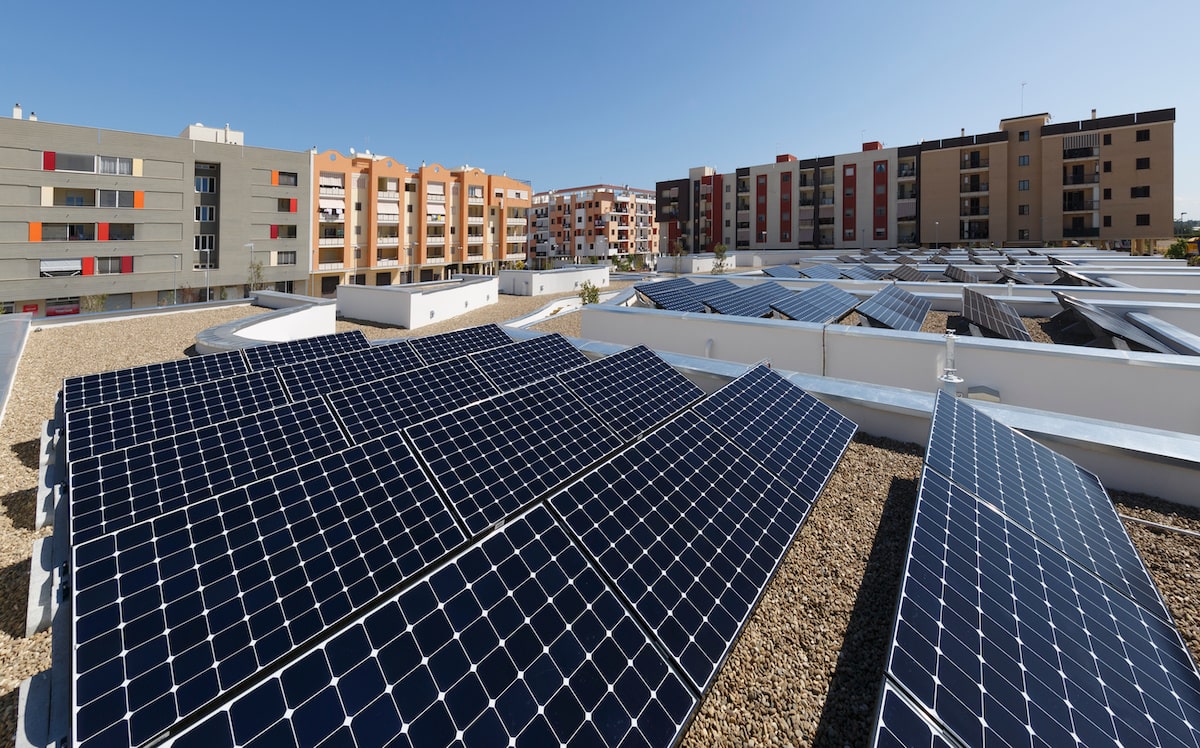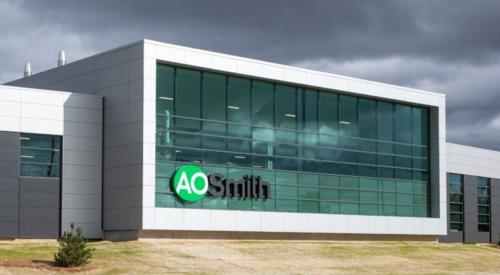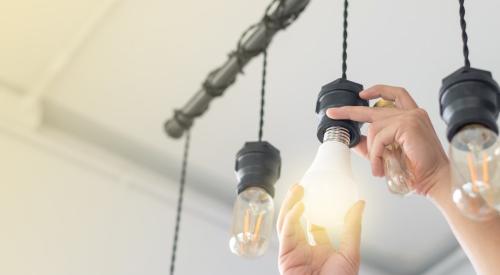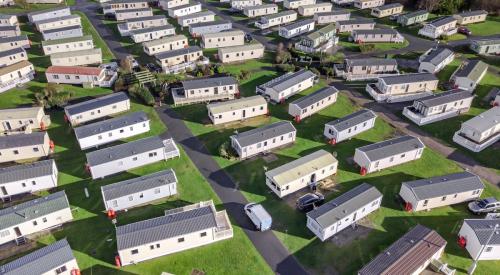Electrification and decarbonization initiatives are gaining momentum in the residential sector, but affordable housing projects still lag behind in the race toward energy efficiency, the American Council for an Energy-Efficient Economy (ACEEE) reports. Existing electrification programs focus on single demonstration projects or pilot programs rather than more expansive programs serving large customer populations.
Though largely neglected by major decarbonization plans, the affordable housing sector stands to benefit from improved energy efficiency, particularly because of the long-term financial perks associated with renewable utilities.
A leading example of a statewide decarbonization program targeting multifamily properties with low-income residents is California’s Low-Income Weatherization Program (LIWP), one of the largest building electrification efforts in the United States. Since its beginning in 2016, LIWP has delivered more than $33 million in incentives based on avoided greenhouse gas emissions for more than 8,100 low-income rental households. Building retrofits include insulation; air and duct sealing; electrification of space heating, hot water, and cooking; and distributed energy resources including rooftop and community solar.













